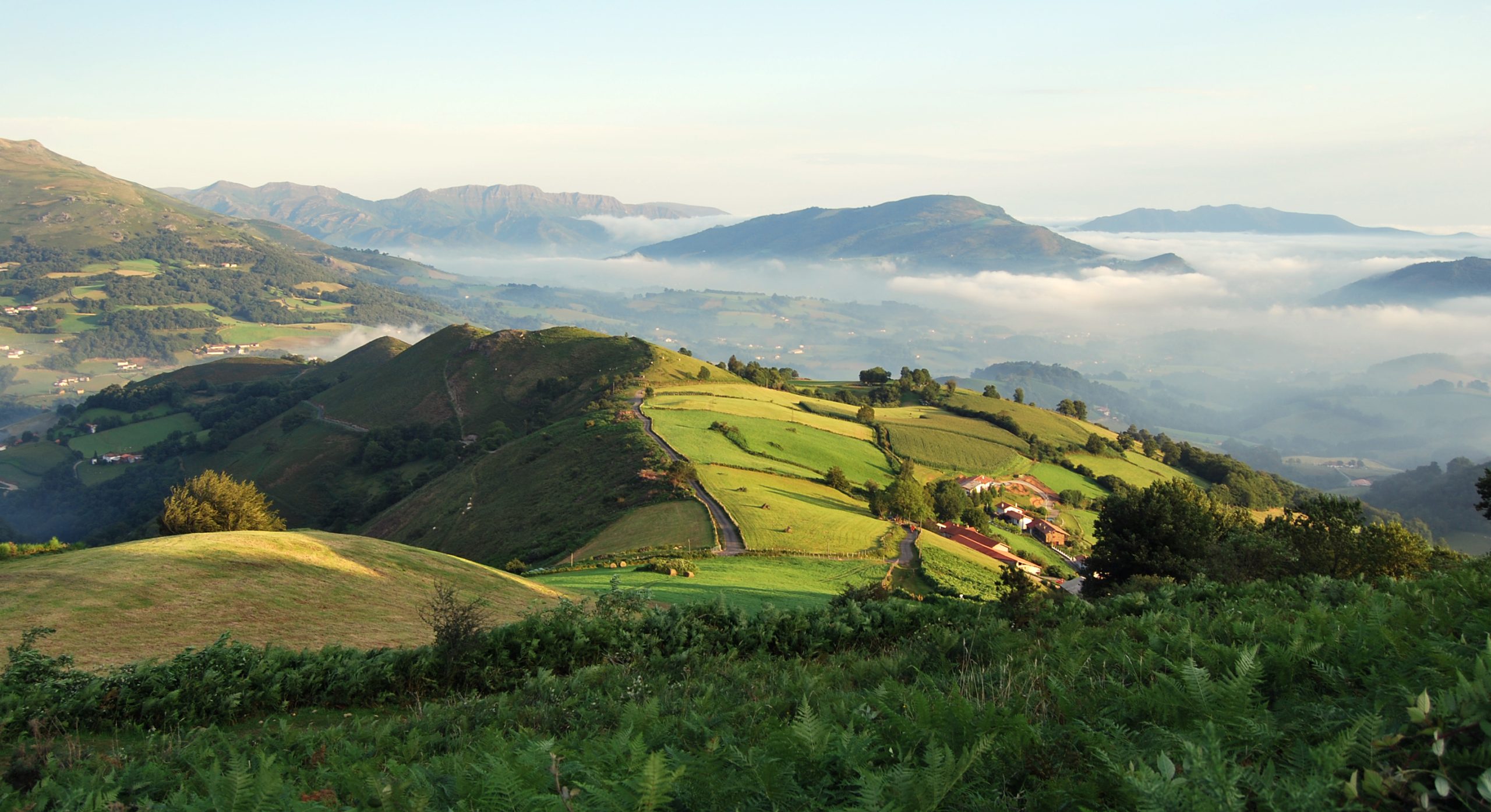
For almost two years, the associations Compostelle France, the Asociación Belga de los Amigos de Santiago, the Federación española FEAACS and the Nederlands Genootschap van Sint Jacob have been working on a wide-ranging project with ambitious and now imperative objectives to bring together all those involved in the maintenance and development of the routes and the preservation of the Jacobean tradition.
At the end of the project phase, during which the new association was chaired by the President of the Nederlands Genootschap van Sint Jacob, Peter Hesseling, a meeting of the 20 member associations representing 13 European countries was held in Santiago on 2 July for the operational start-up phase. The Assembly appointed the Executive Committee, which is composed as follows:
- Peter Hesseling, Honorary President, Het Nederlands Genootschap van Sint Jacob, The Netherlands
- Jorge Martínez-Cava, President, FEAACS, Spain
- Pascal Duchene, Vice-President, Association Belge Amis St Jacques Compostelle, Belgium
- Philippe Dionnet, Treasurer, Fédération Française Associations Chemins Compostelle, France
- Umberto Gallo, Assistant Treasurer, Accoglienza Pellegrina, Italy
- Vedran Prazen, Communication Manager, Confraternity of St. James, Croatia
- Patrice Bernard, Secretary, St Française Amis St Jacques Compostelle, France
- Heidi Verbruggen, Board Member, Vlaams Compostela Genootsschap, Belgium
We are grateful to the founding members who have shown their appreciation of ACCOGLIENZA PELLEGRINA and its role in Italy and Spain by electing our representative to the Board of Directors.
The new association has its headquarters at Calle Ruavieja, 3 (bajo), 26001 Logroño, La Rioja, and the three official languages used in meetings and correspondence are English, French and Spanish. Jorge Martínez-Cava, President of the Spanish FEAACS Federation, has been asked to chair the Executive Committee.
These, in a general summary, are the objectives for which the Association intends to work:
- Join forces at European level in order to be known, to be recognised, to communicate and to build common projects, becoming actively engaged in the dialogue with the Council of Europe to represent the European Cultural Routes.
- Represent the European cultural routes of the Pilgrim’s Way, as pilgrims following in the footsteps of the ancient pilgrims, but also as a special place for all those who need to recharge their batteries, rediscover themselves and rediscover a simpler and more lively connection with nature and with others.
- Identify the different associations working on the European routes, their statutes and objectives.
- Draw up a list of correspondents who are interested in and committed to the European dimension of the actions around Santiago.
- Adopt a common logo, recognisable throughout Europe.
- Agree on ecological signposting, on the same basis, in all European countries.
- Promote symposiums that combine the technical aspects of signposting, hospitality, etc. with the study of the historical and cultural heritage.
- Create an exchange of good practices on the Pilgrim’s Way.
- Create a common website with the contact details of all member associations and federations, their e-mail and telephone numbers.
- Identify the facilities directly managed by these associations or federations, as well as the hostels, in order to counteract “commercial” accommodation.
- Draw up a list of pilgrims’ accommodation needs so that they know where to go and who to contact.
- Establish a link with the institutions of Santiago for the management of the different types of accommodation in Santiago, the use of reception facilities and the planning of seminars and meetings on the Pilgrim’s Way.
- Adopt a position on the virtual pilgrim’s credential and create a common European credential.

